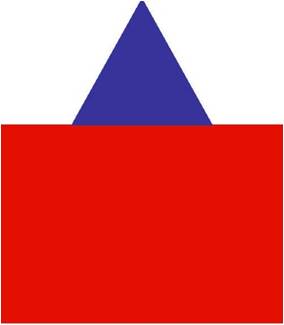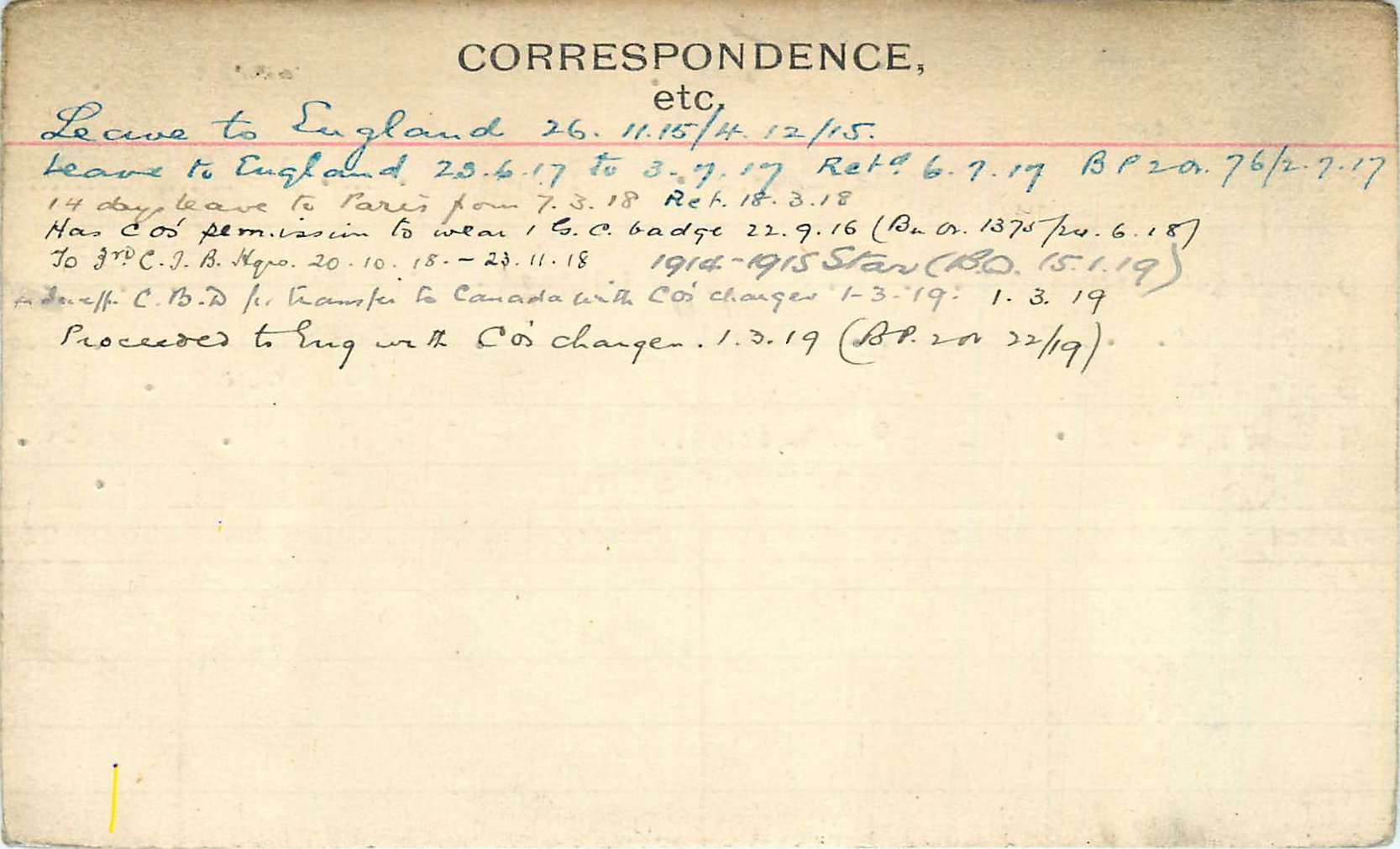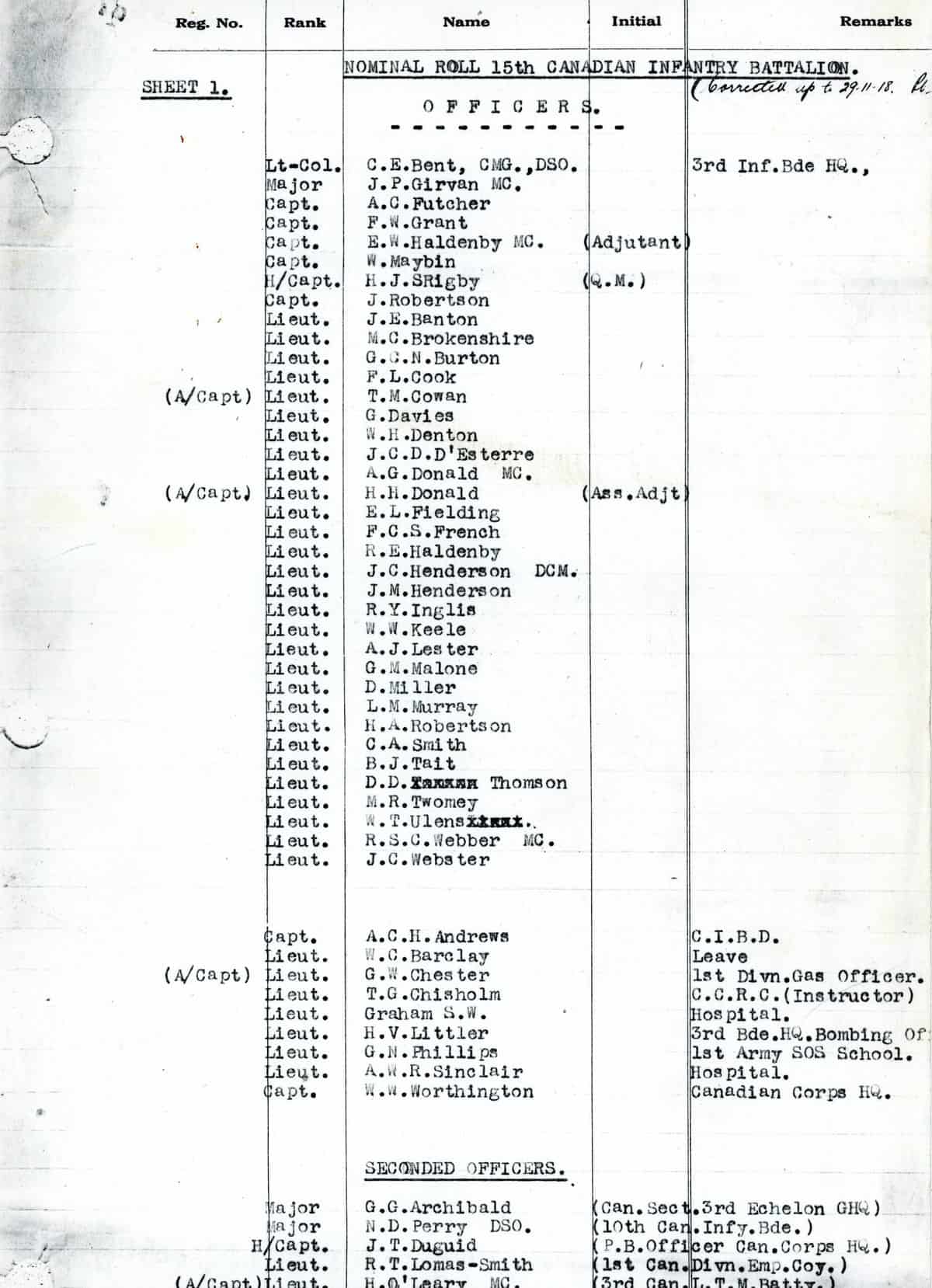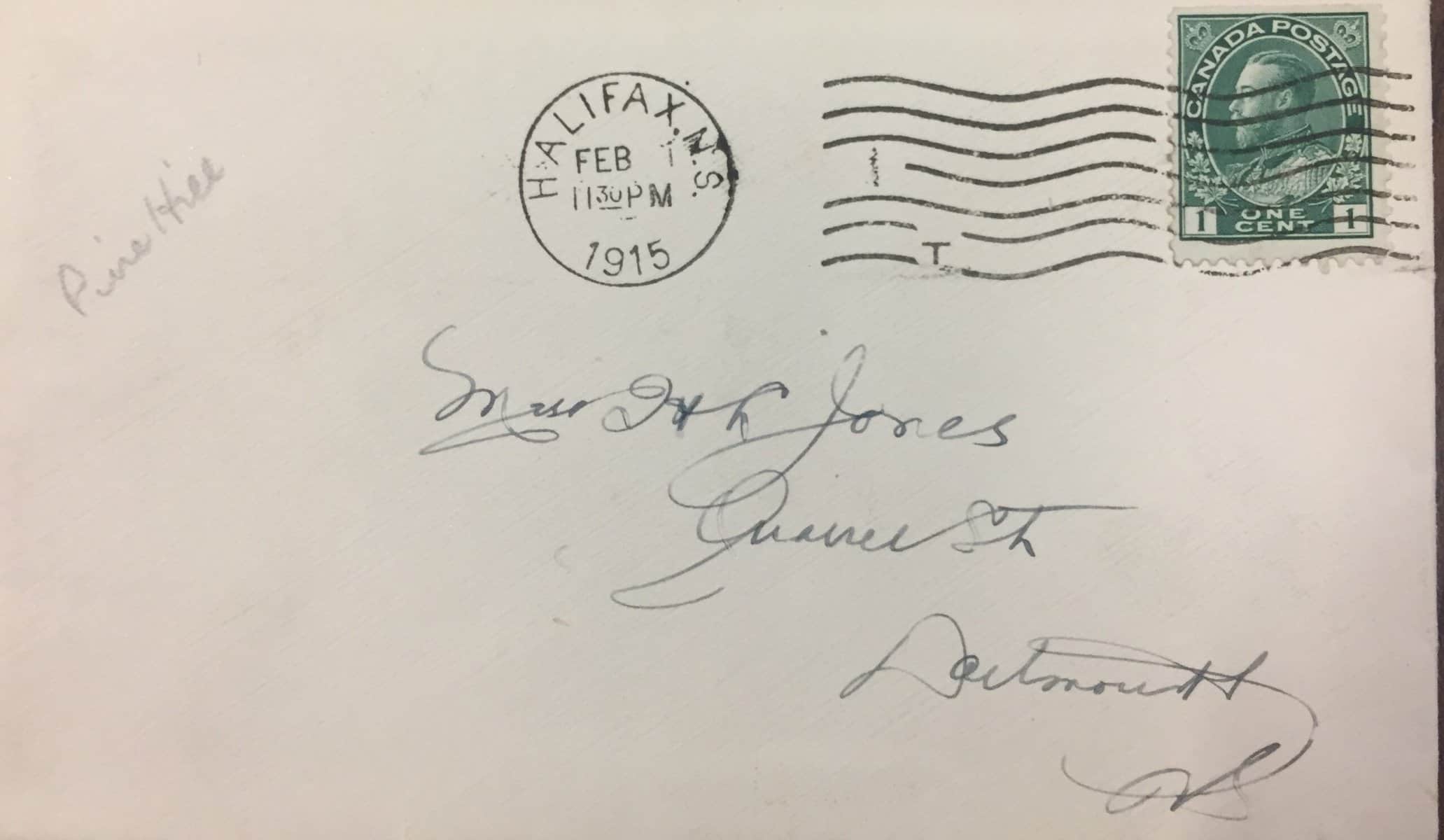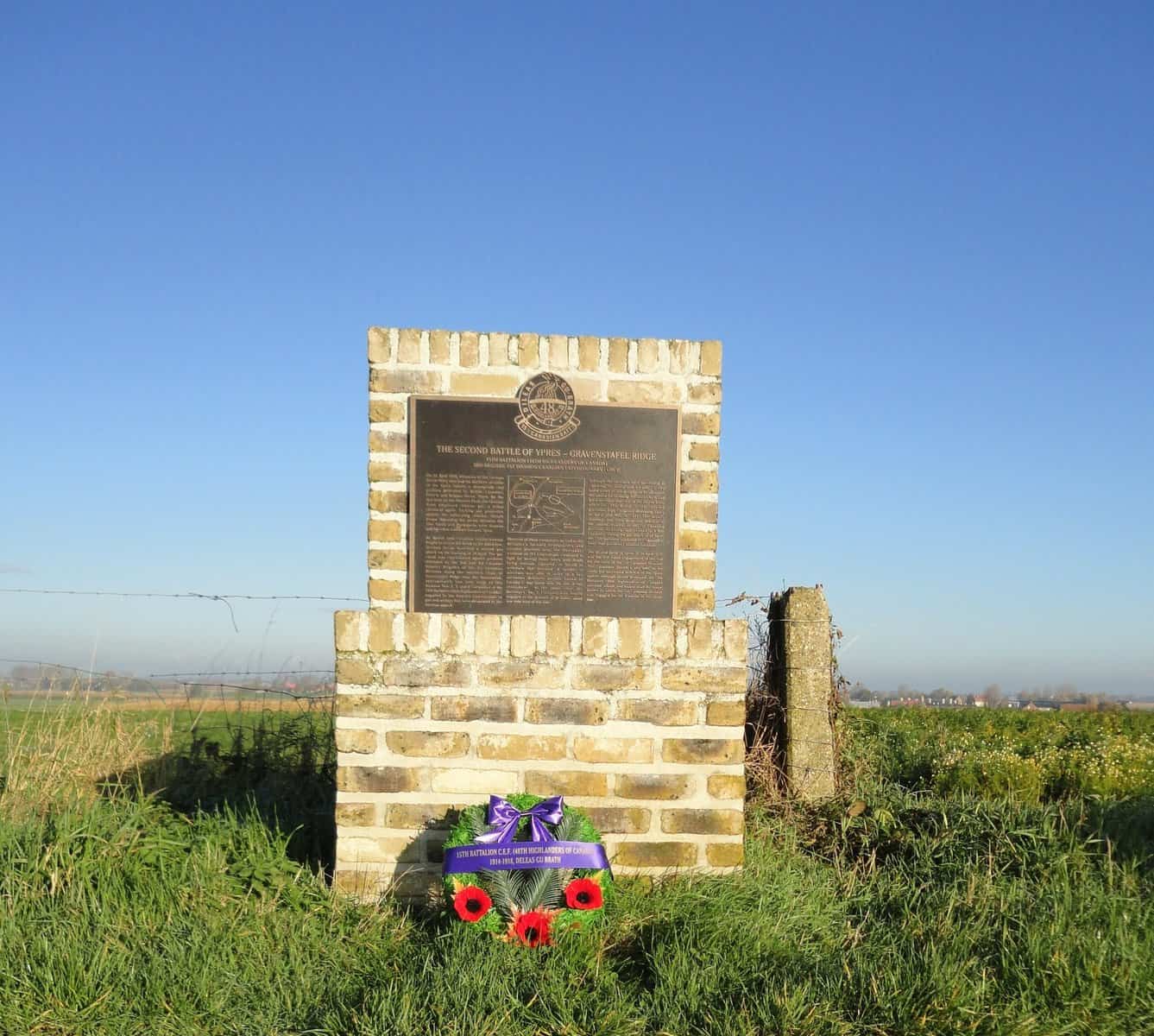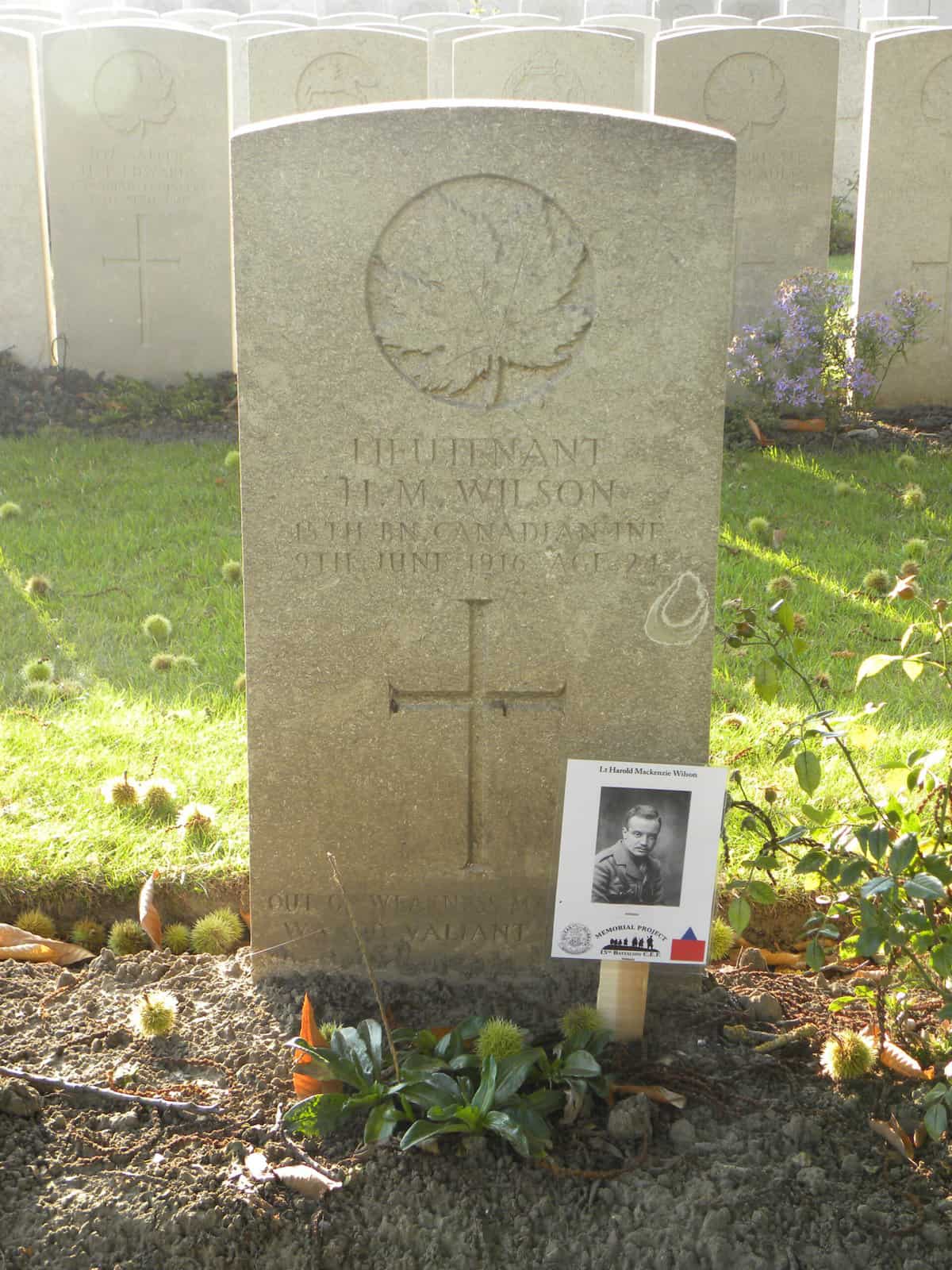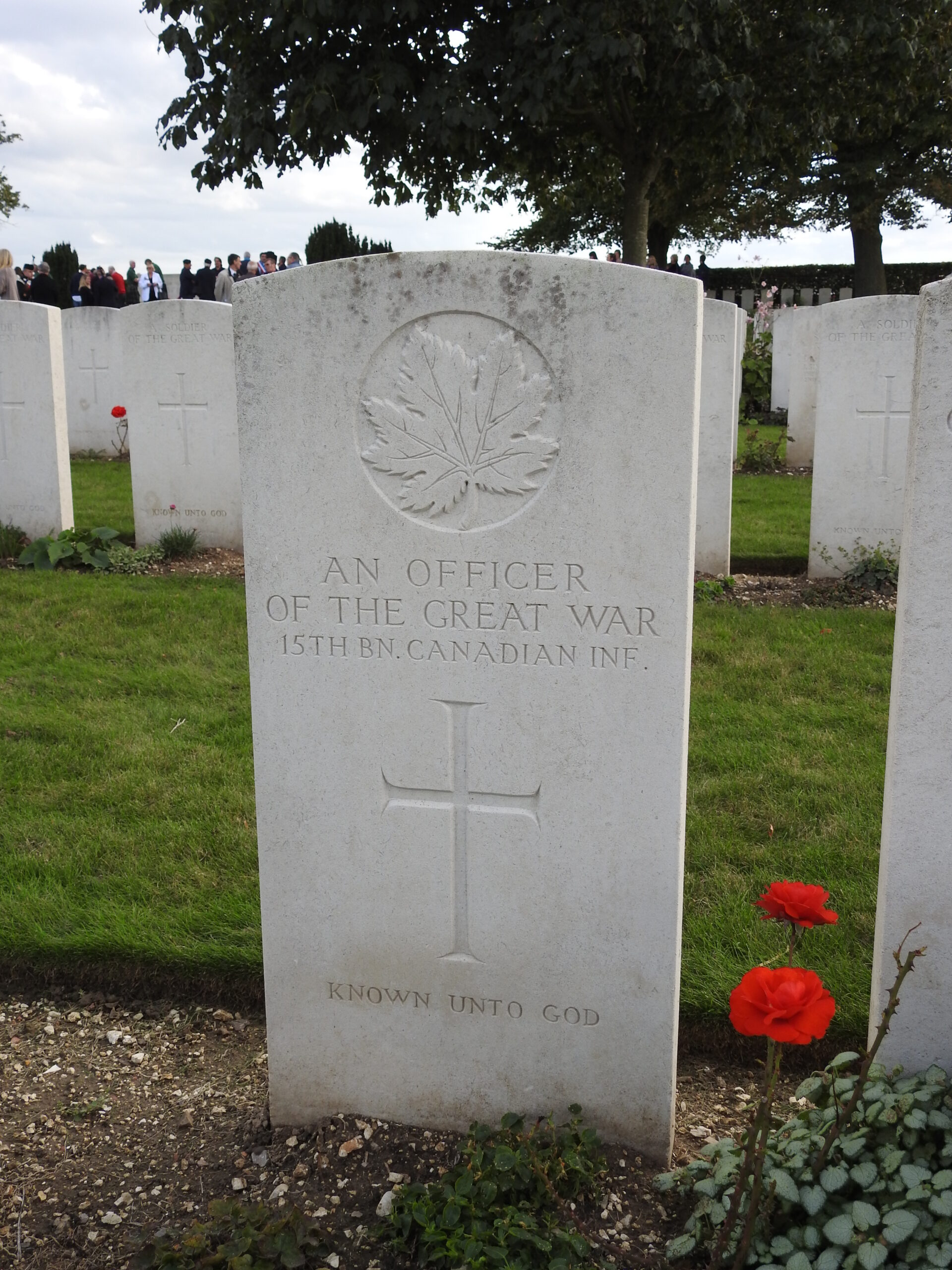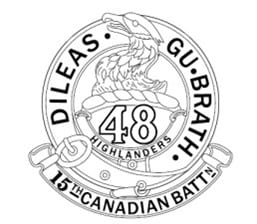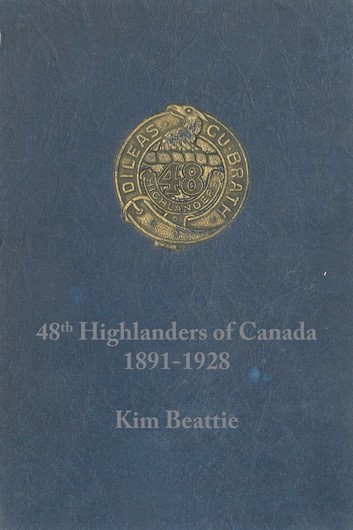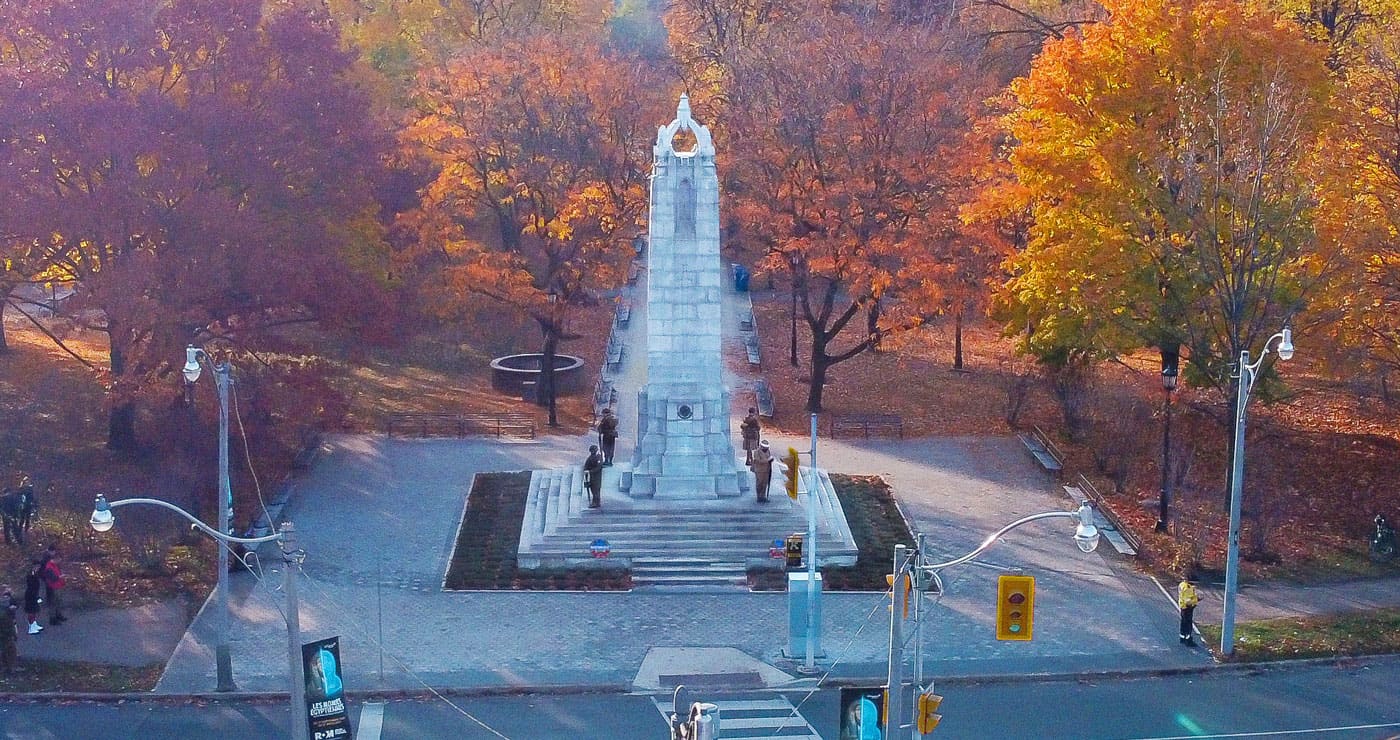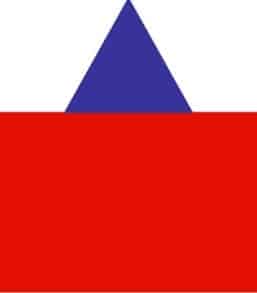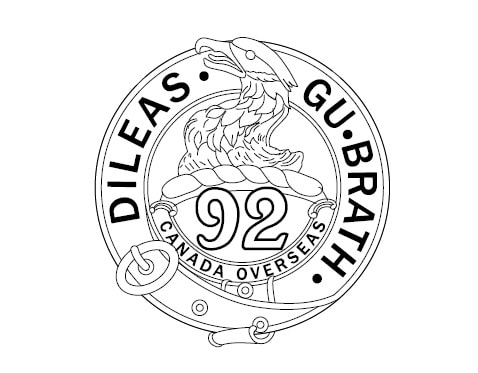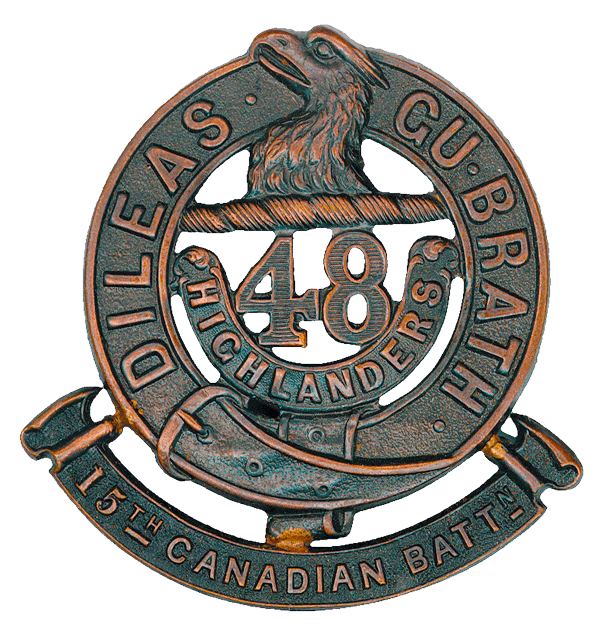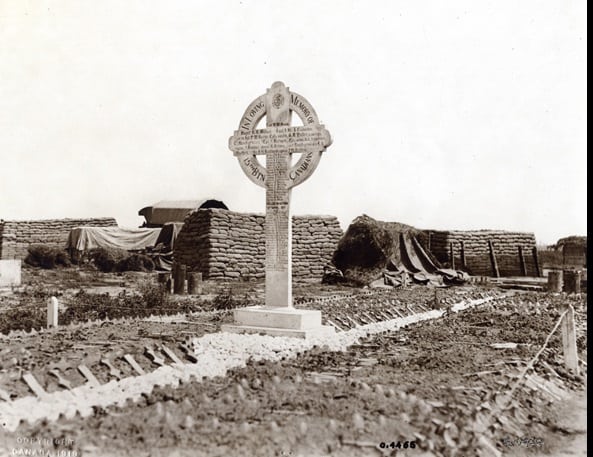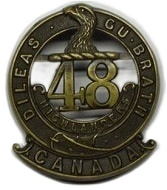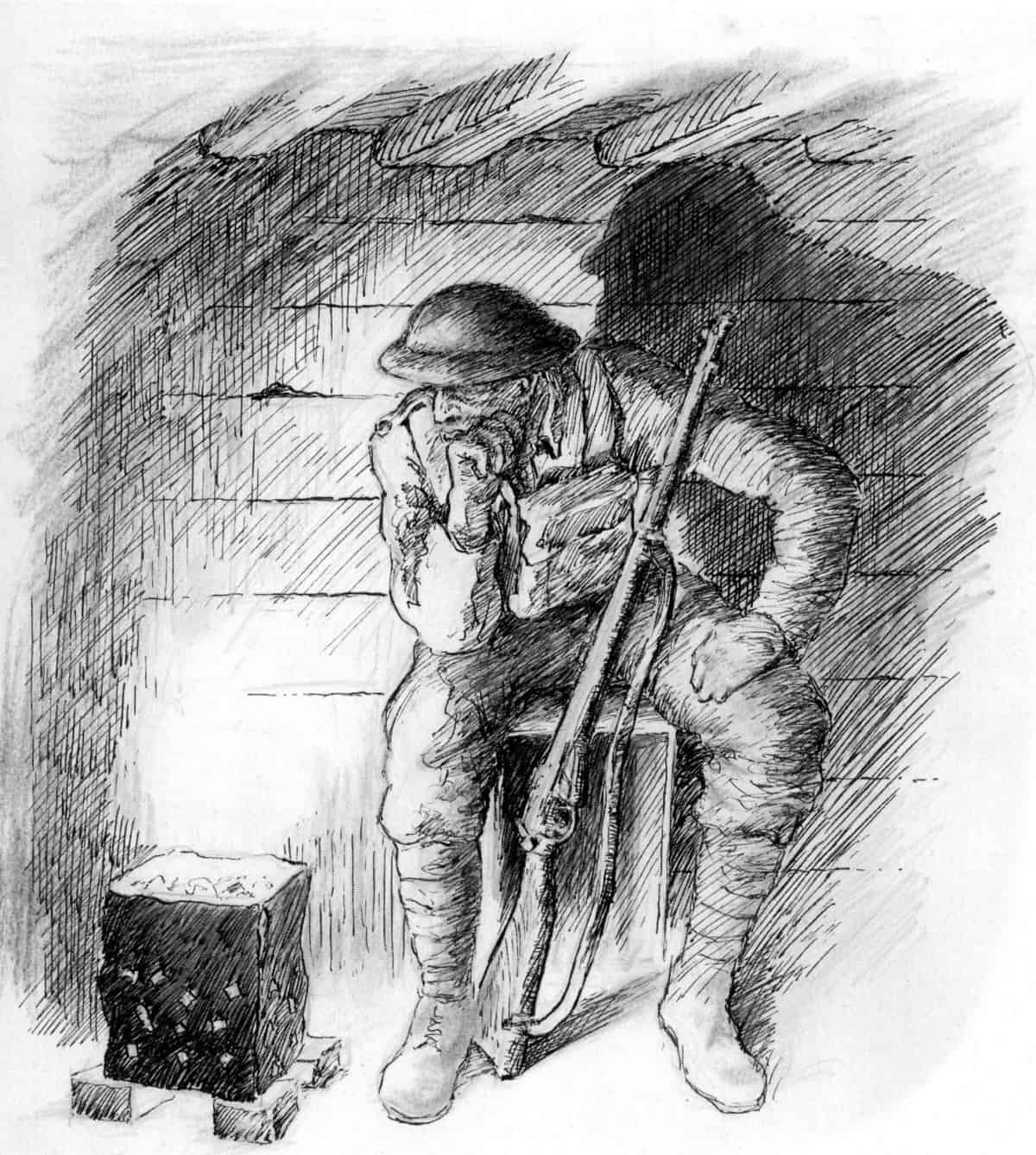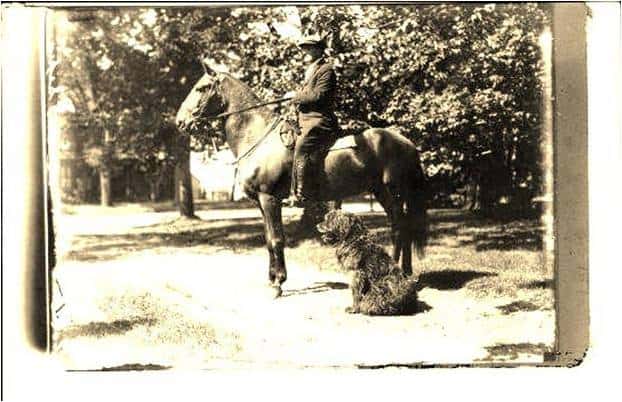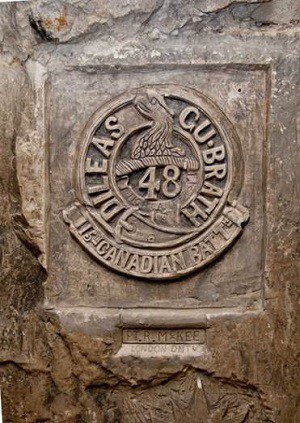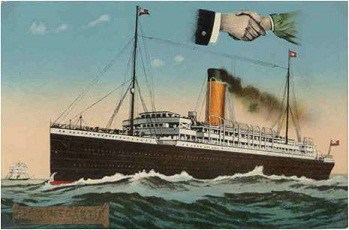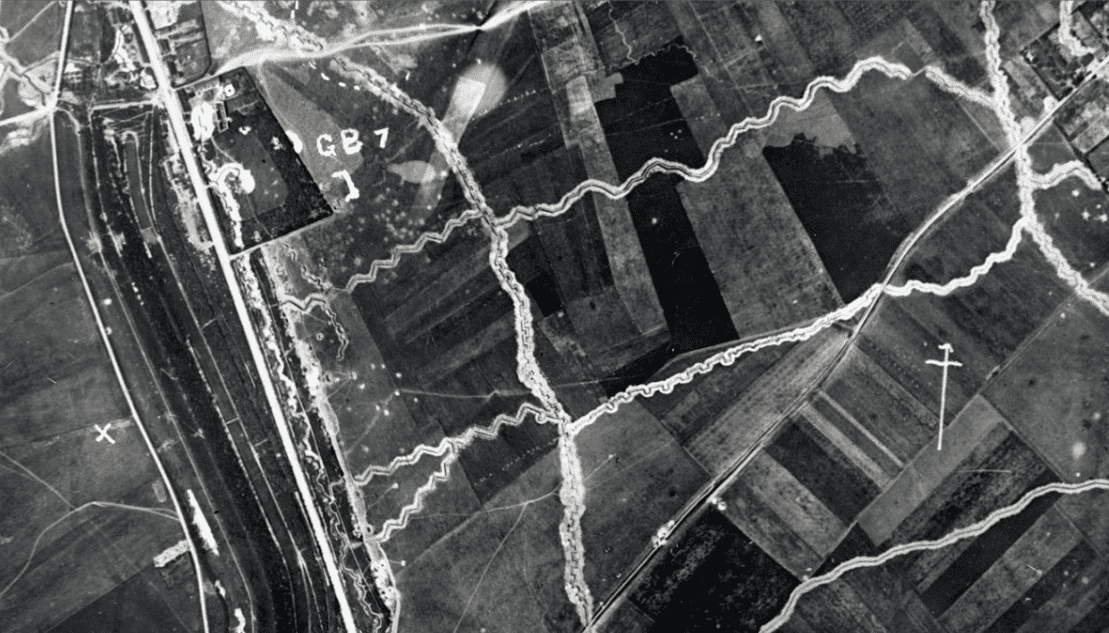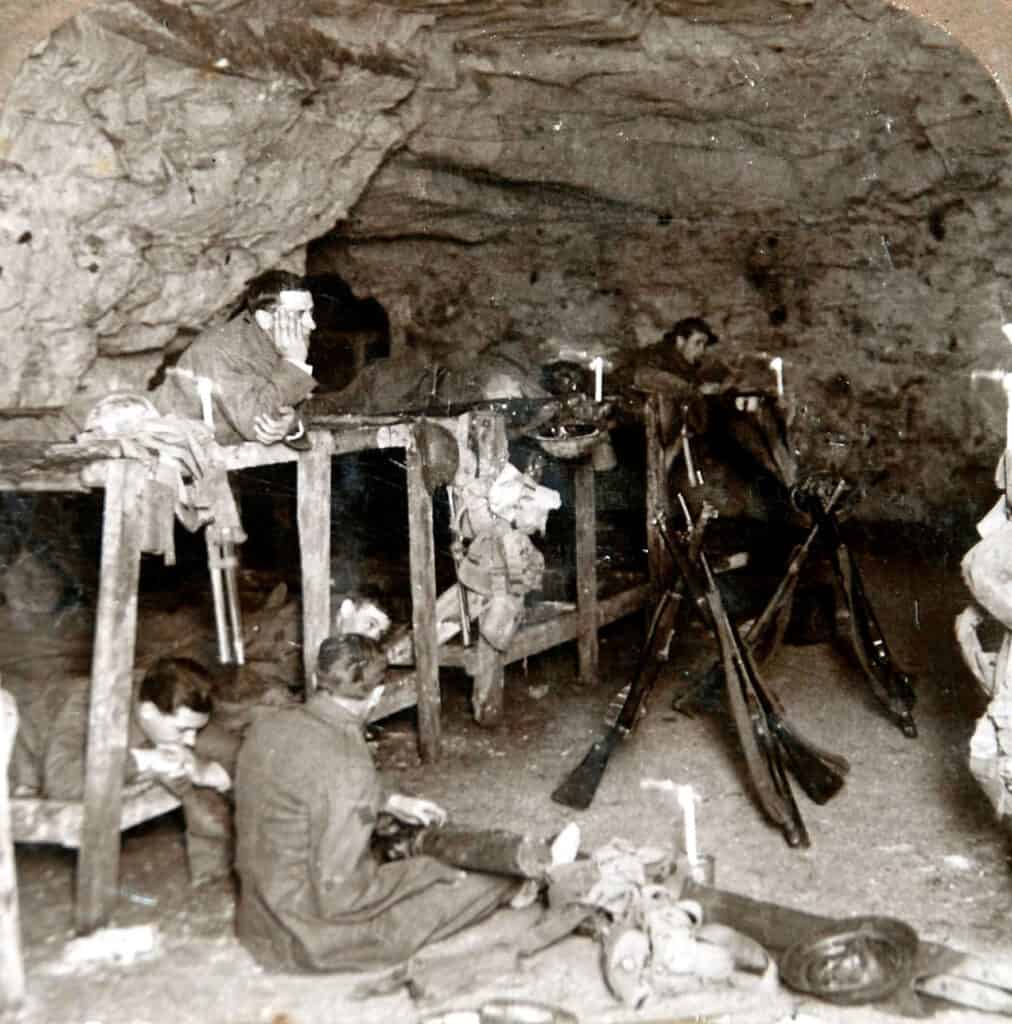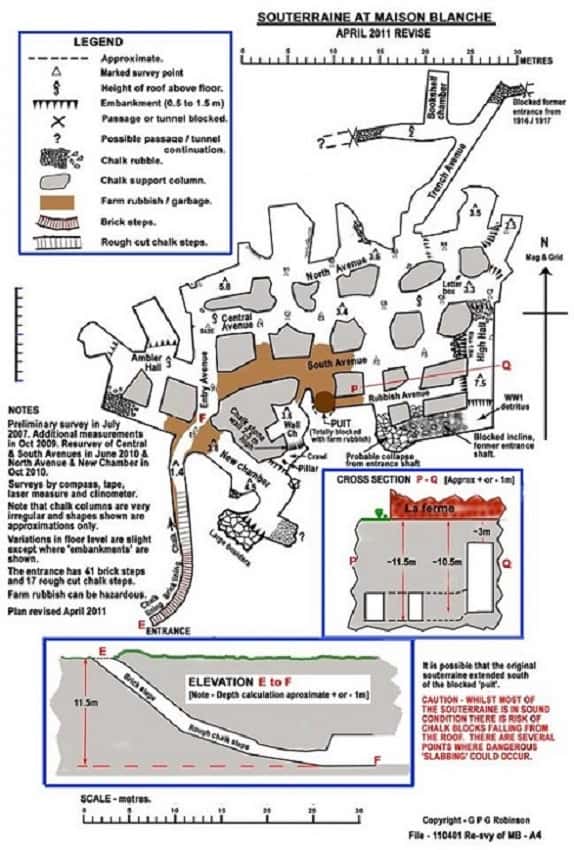In March 1917, as part of the British 1st Army, all four Divisions of the Canadian Corps moved into the area north of Arras on the Western Front in preparation for a deliberate attack against German defensive positions on Vimy Ridge that were widely regarded as almost impregnable.
The main concern of the Canadian Corps planners and its commander, Lieutenant General Sir Julian Byng, was reaching the ridge with the assaulting infantry as unscathed as possible. They did not want the enemy artillery to interfere with the preliminary assembly, follow-on forces or re-supply.
As the normal communications trenches were too narrow and confusing to rely on alone for effective forward movement, the solution was to construct tunnel systems under the forward trenches to allow men and equipment to flow forward in complete security. British tunnelling companies dug twelve tunnel systems or subways varying in length from 250m to almost 2km and in depth from 5 to 15m underground.
Additionally, in the rear assembly areas a number of large underground shelters – some of which were pre-existing underground stone quarries – were dug or expanded to provide shelter from artillery and observation for assembling troops in the build-up to the attack on 9 April 1917. One such souterrain quarry referred to as Maison Blanche was occupied by units of the 1st Division’s 3rd Canadian Infantry Brigade – including the 15th Battalion (48th Highlanders). During the days spent waiting underground, soldiers left hundreds of carvings and graffiti on the walls of these tunnels and caves – including Maison Blanche.
The Maison Blanche souterrain is located about one kilometre south of Au Rietz. Click HERE to see on Google Map.
The origins are uncertain. Comparatively modest in size it was clearly used to quarry chalk and at a guess may have been initially developed in the late 18th century. An inscription, one particular carving and a drawing on the walls, indicate that it was probably in use around 1861. At that time there was one entrance stairway and a puit (shaft for hauling stone). It may be supposed that it fell into disuse in the later half of the 19h century.
It is assumed that in 1914 and 1915 the entrance was blocked or concealed. Despite the 1915 battles over the area (known subsequently as the ‘Labyrinth’ because of the maze of trenches) there is no evidence that it was utilized by either the Germans or the French. All the indications is that it was first brought into military use after the Canadian Corps deployed to the area and developed as an underground barracks behind the reserve line.
As is evidenced by the graffiti, it was accessible to the general public pre WW2 and in May 1940 it sheltered Belgian refugees. Aside from the scribbled graffiti by the visitors and the 1940 refugees, the cave is remarkable for the detailed carvings made by the Canadian occupants in early 1917. One such sculptor of extraordinary skill was Private A J Ambler, who (it is understood) had been a stone carver before enlisting. Intermingled with the carvings, drawings and poignant inscriptions, there is a letterbox sculpted out of the chalk and inscribed with the names of Privates W P Beckett and T Mason of 2nd Company the 48th Highlanders (of Canada). Were they perhaps responsible for the company post? In any event, they both survived the war although they were wounded in the battle for Vimy Ridge.
It was unfortunate that post 1945 the landowner utilized the souterrain for dumping farm rubbish, completely filling the puit and almost blocking the brick clad entrance. However in 2001, M. Dominique Faivre, an intrepid member of the Association de Recherches Historique et Archéologiques Militaires (ARHAM), succeeded in wriggling over the rubbish down the entrance stairway and produced a report to the Director at Vimy, drawing attention to the carvings and graffiti within. In July 2006, a Judy Ruzylo, then employed on research for YAP films, learnt of M. Faivre’s investigation and (in her own words) ‘sleuthed’ the location and ownership of the souterraine. She negotiated an agreement with the proprietors to access it for filming purposes. In October 2006, to facilitate filming by YAP for a documentary (Heaven to Hell or The 3D War), which partly addressed the tunneling activities at Vimy, members of the Durand Group cleared sufficient of the entrance incline to allow access.
The Durand Group judged that the quality and extent of the primarily Canadian carvings and graffiti within the souterrain, merited protection and detailed recording. They accordingly formalised a protocol with the proprietors. Subsequently they fully cleared and renovated the entrance incline, fitted a steel hatch, improved the access, installed electric light strings, a field telephone connection, fully surveyed the system and have recorded more than a thousand items of graffiti and carvings, work that remains to be completed. It is of note that in conjunction with another film company, Alex Ambler, the son of Private A J Ambler, was introduced to the work of his father, along with other family members. The Ambler family came on a private visit the following year although sadly Alex was too ill to participate and died shortly afterwards at the age of 93.
In the course of this the Durand Group have been providing support to a Canadian syndicate (CANADIGM) who, under the direction of Zenon Andrusysyzn, are engaged in mapping the graffiti and laser scanning the carvings in 3D with the intention of replicating for display across Canada and ultimate lodgment with relevant regimental museums. So far as the archives permit, the story of the soldiers who left their names in the chalk will also be told, and research into the names collected is being processed by volunteers and by the 15th Battalion Memorial Team.
The agreement with the proprietors limits visitor access to small and suitably equipped parties accompanied by members of the Durand Group who are familiar with the souterraine. This constrains visits to periods when member are present in France and available. Furthermore, although the souterraine is in reasonably sound condition, there is no guarantee that a slab of chalk won’t suddenly fall and all visitors are required to sign a liability disclaimer.
The Durand Group are presently negotiating with the local authorities in Neuville St Vaast and Thelus for authority to excavate for the Zivy subway. Likewise, with the approval of the landowner, they intend excavations of two subsidences that might lead into the Tottenham subway and the three souterraines employed off that by the Canadian Corps. There are though no certainties. For a start, as a voluntary organisation the Group are dependant on donations to fund their operations. Even granted funding, all such excavations are by their nature hazardous, which is one reason why the Durand Group are exceptionally particular about granting membership to other than individuals who have served a long ‘apprenticeship’ and demonstrated their understanding, reliability and capabilities and undertaken training in a variety of disciplines. Even where a tunnel is breached, as happened recently near Loos, the geology may be such that total collapse denies further progress. It remains the hope that further work in 2012, subject to funding, will nevertheless reveal much more graffiti connecting the Canadian soldiers of the time to their descendants.












